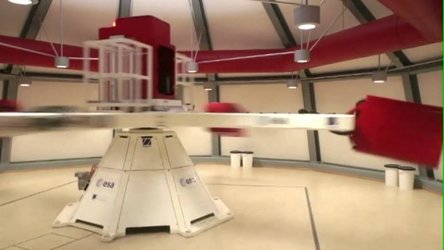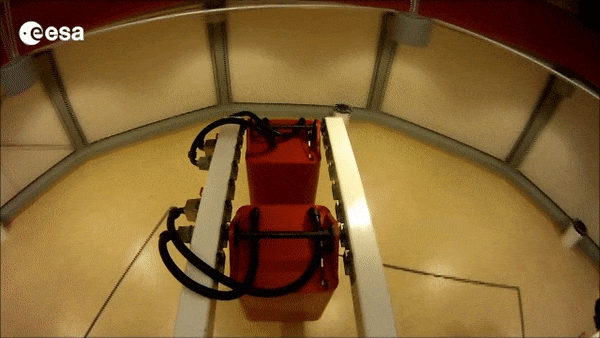Regenerative flatworms vs. rocket launch stress
Planarian flatworms are nature’s versions of Doctor Who, able to regenerate their entire bodies from smaller pieces. This prodigious ability has seen them travel to space, to investigate if the planarians’ regenerative ability is maintained in weightless conditions. Now for the first time an experiment has looked into how the very demanding experience of a rocket launch might impact their possible regrowth, using ESA’s rapidly-spinning Large Diameter Centrifuge to generate hypergravity on the ground.
A paper on the testing was recently published in the scientific journal npj Microgravity.
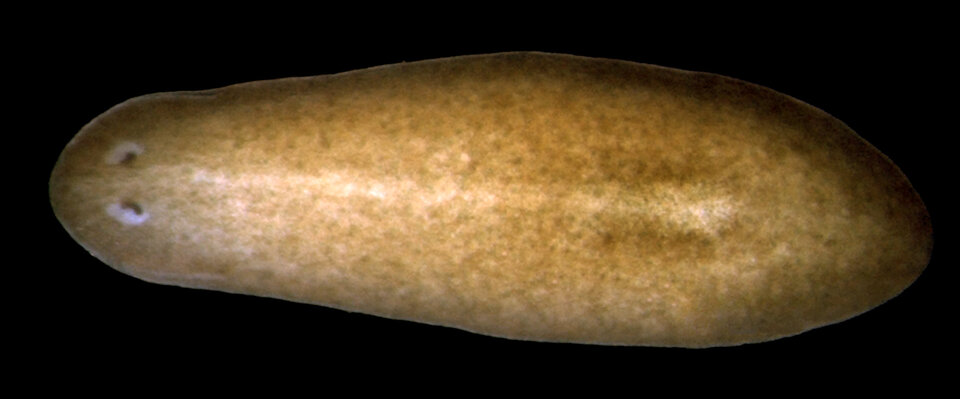
“There are many biological experiments flown into space, to explore the responses of living organisms to being in a weightless state,” comments Jack van Loon of the Amsterdam University Medical Center, attached to ESA’s centrifuge team.
“But this led us to think: what if some of these responses apparently triggered by microgravity are being misattributed, and are in fact due to the lingering effects of high gravity and vibration of their ride into orbit?
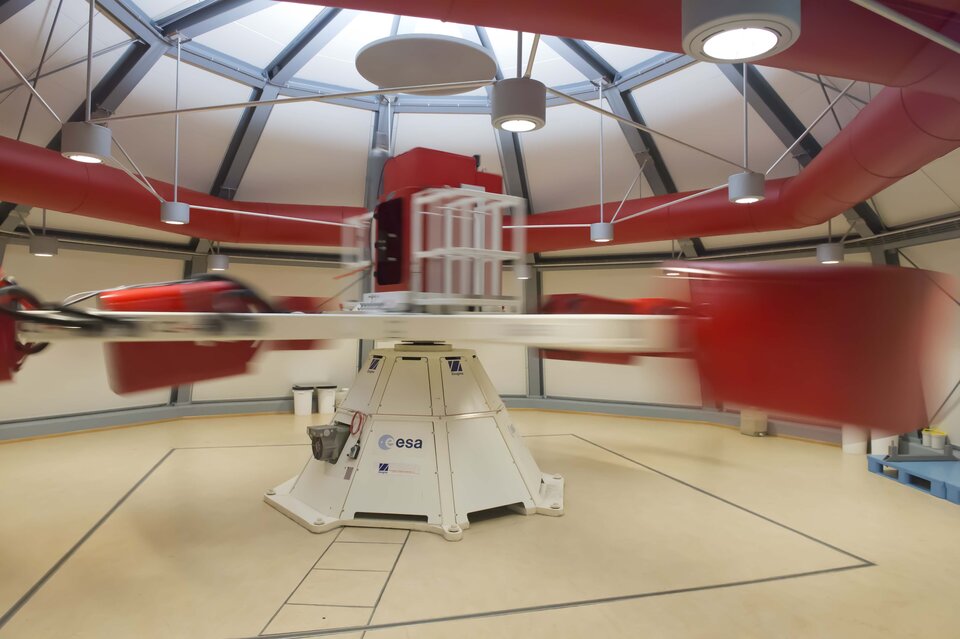
“Comparable experiments have been performed using cell cultures, but the unique attributes of planarians allow us to test the effects of launch stresses on a ‘whole animal’ basis. We had already been working with the flatworms in simulated microgravity conditions, using ‘Random Positioning Machines’ which continually change their orientation towards the gravity vector.”
Found in many parts of the world in both saltwater and freshwater environments, as well as in soil and under logs, planarians are known to grow and degrow continuously based on food availability. Cut them into pieces and new, identical planarians will regenerate from them.

Only a very few parts of the human body have some ability to regenerate, such as our liver and bone marrow, as well as our skin and inner intestine layers. Planarians obtain their regenerative power from a huge amount of ‘pluripotent' stem cells, able to grow into any cell type.
The test team took planarian trunks with amputated head and tails and subjected them to either four times Earth gravity or high vibration or a combination of both for eight and a half minutes, as well as a 1g control group.
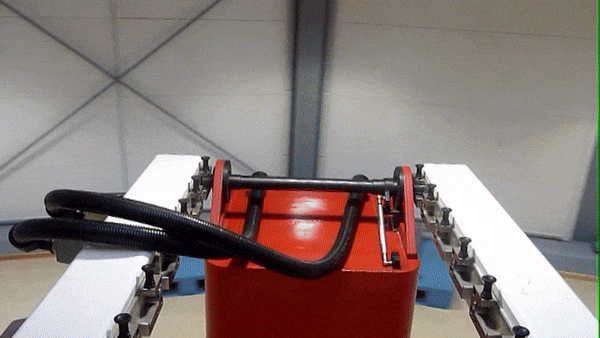
Hypergravity was provided by ESA’s Large Diameter Centrifuge (LDC), based at ESA’s ESTEC technical centre in the Netherlands. The LDC is an 8-m diameter four-arm centrifuge that gives researchers access to a range of hypergravity up to 20 times Earth gravity for weeks or months at a time.
At its fastest, the centrifuge rotates at up to 67 revs per minute, with its six gondolas placed at different points along its arms weighing in at 130 kg, and each capable of accommodating 80 kg of payload.
A vibration machine was placed inside the test gondola, to reproduce launch conditions set by the US Federal Aviation Authority, used to test proto-flight hardware intended for space missions.
“We found that the planarian trunks were able to regrow new heads and tails within a few days, as usual,” adds Jack. “But this did not tell the whole story. Because we also took a look down to the genetic level, focusing on key early response genes used for regrowth, and found their transcription was particularly disrupted by the high acceleration and vibration combination, and this effect lingered for up to four days.”

He suggests that future microgravity experiments should be designed to take account of the launch effect, and old test data could be re-examined.
“To study the sustained lack of gravity means bringing a sample into the orbital, free fall state, which in turn means launching it within a rocket,” says Jack. “And the main reason we want to go into such a free fall nearly weightlessness environment is to study the lack gravitational – i.e. mechanical – stress on a system.
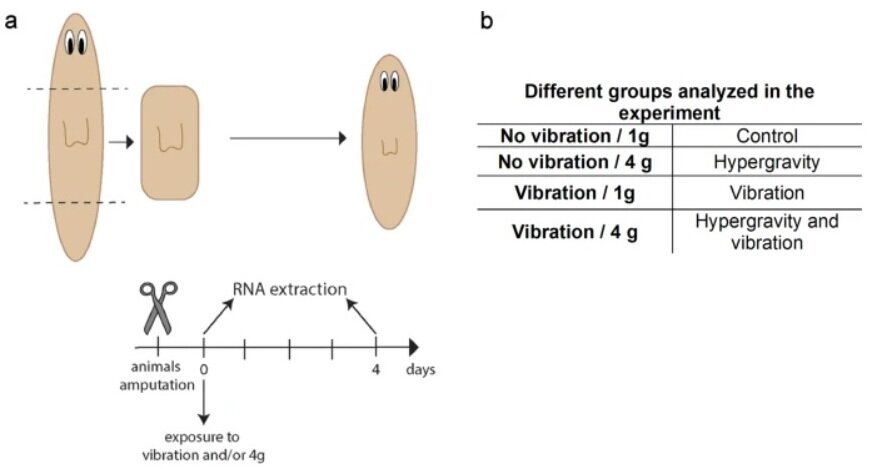
“But the Catch-22 situation is that this quiescent state of near weightlessness is preceded by a quite ‘violent’ process of launch. We know now these conditions can severely affect gene expression and cellular function, hiding the effects specifically produced thereafter by microgravity exposure. So we need to take account of this in future.”
The experiment was performed by a team from the Department of Genetics at the University of Barcelona, Pontifical Gregorian University/University of Cassino, the Amsterdam University Medical Center and ESA’s Life Support and Physical Sciences Section as well as ESA's AOCS & GNC Sensors Unit, and partially supported by the Agency's Continuously Open Research Announcement for ground-based programmes (CORA).




